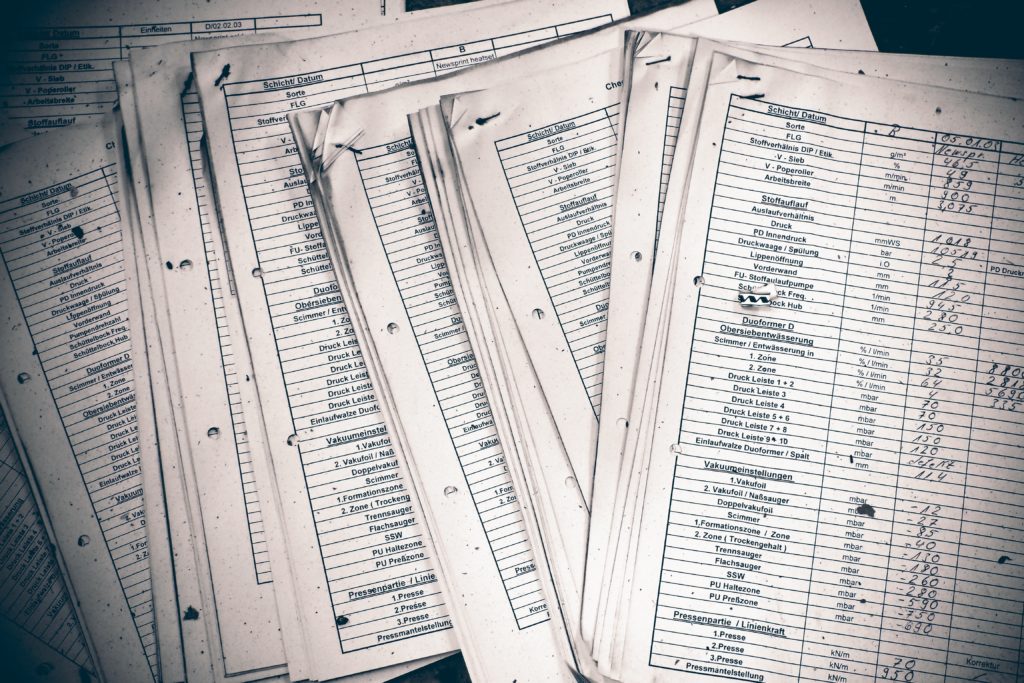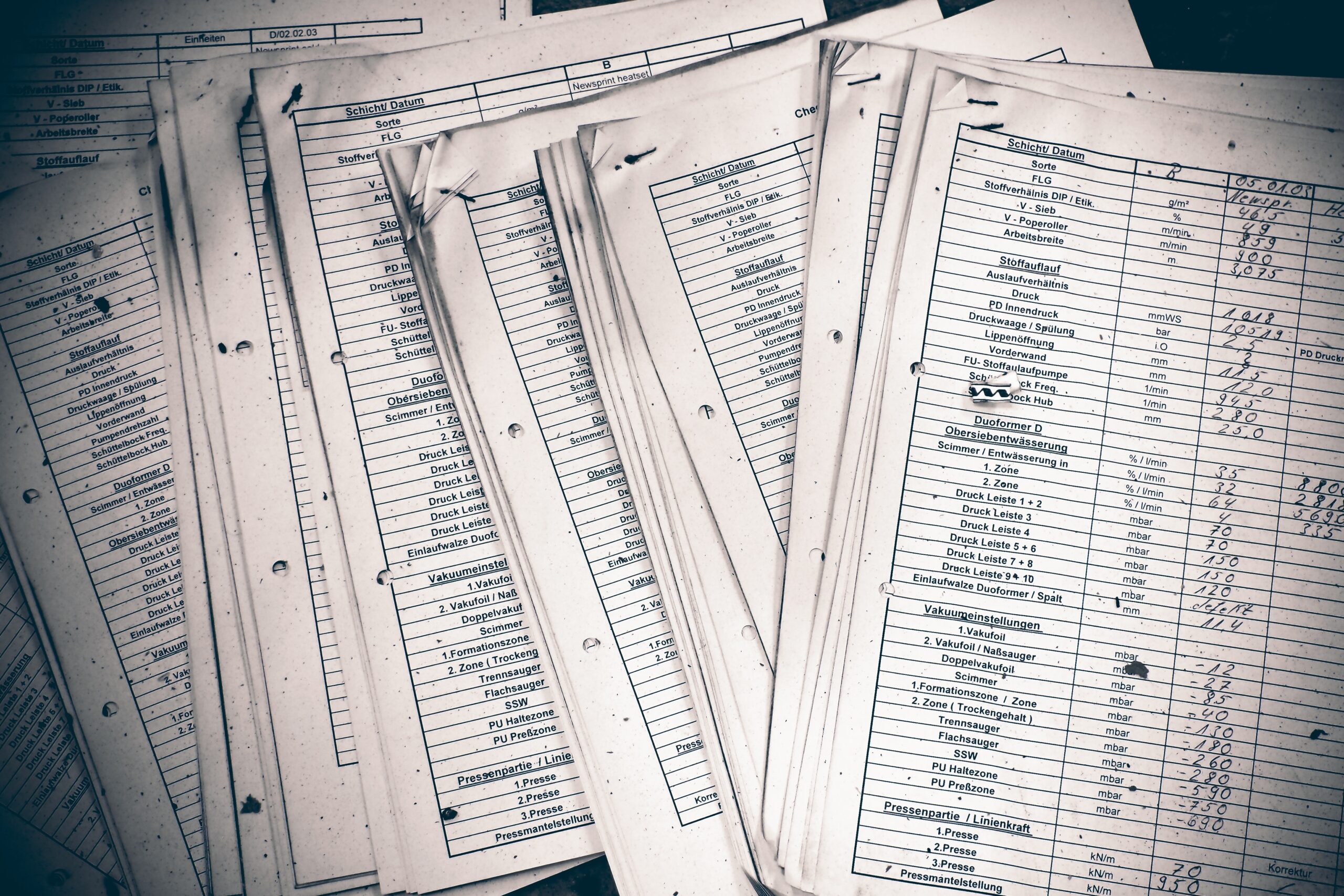Don’t Leave Your Unit Condition to Chance

Documentation is always your best friend in rentals and definitely with security deposits. For security deposit documentation is often key to prevent losing a ton of money from a security deposit return contested in court.
The one we always think of first is the move-in and move-out condition report. The sheet which represents a written list of the condition of the unit when the tenant took possession and surrendered it. This the form where the tenant should write down the nicks in the countertop or the scratches around tub drain. Be specific with extent of the existing damages: how many cigarette burns are in the carpet in the living room, how many bleach spots on the countertop, etc. Whatever form you do use, be sure it is has ample writing space. If you accidentally write beyond the section dedicated to move-in condition, your problems could snowball at move-out and you might find yourself with a perfectly legal form that has been invalidated by writing outside the boxes too much.
Incorporated into your lease as a signed addendum should be a list of possible move-out charges. Consider it the warning shot across the bow of a ship. It should lay out what the charge would be if: the cabinets are not cleaned properly, the walls are scuffed, smoked in, and need to be painted, the toilet is dirty with urine spots, etc. Having the maximum charge amounts noted in the lease will make sure the tenant knows the monetary consequences of a poorly kept unit and it may limit move-out inspection surprises. Doing this reinforces in the beginning how serious you are about move-out condition.
It also helps to give them some direction as to your expectations in the lease as well. Unfortunately “give it back as you got it” may not cover you in court. Phrases like “no hairs in the refrigerator” or “no sticky residue” help create expectations for condition. Also, make sure your maximum charges are reasonable. You don’t want your security deposit or lease being invalidated because you had a possible fridge cleaning fee of $150.
Also consider incorporating a clause which lays out what is proper surrender of the unit and where the responsibility lies for scheduling a move-out appointment. We now require our tenants to use a standardized move-out form which includes the options to be present for move-out appointment within 2 days of the move out OR to waive their move-out appointment. We also lay out what constitutes as surrender: “When surrendering your unit return your keys to the office either in person or in the dropbox. Surrender only happens when this done. Failure to do so can result in daily charges of rent if keys are left in the apartment.”
An integral part of a thorough security deposit procedure should include move-in condition pictures. When you have finished getting the unit ready for the new occupant, take pictures of the rooms in general (for flooring and wall condition shots) then snap zoomed shots of things like the inside of the refrigerator, oven, tub, etc. Make sure your lighting is good so it correctly reflects wall colors (especially important if you use lighter shades or white or ivory). If there are damages that are existing make sure to document that in the pictures as well. For example, if the countertop has 2 sections with nicks get up-close pictures of both sections. Pictures should be taken again up on move-out regardless of the whether your tenant is present for move-out.
Happy Move-Out….err….hope this helps.



 Recently a client of mine asked for clarification of what our company policy was regarding lease renewals. They were curious if we permitted (or even required) tenants to default to month to month after the original term was up. Since we had no clear cut policy across the board yet for renewals I posed this question to my war council (a.k.a. my staff) and I was surprised at the differing opinions that existed on the subject. Not only individual staff members but by property type. It’s a very passionate topic!
Recently a client of mine asked for clarification of what our company policy was regarding lease renewals. They were curious if we permitted (or even required) tenants to default to month to month after the original term was up. Since we had no clear cut policy across the board yet for renewals I posed this question to my war council (a.k.a. my staff) and I was surprised at the differing opinions that existed on the subject. Not only individual staff members but by property type. It’s a very passionate topic!
